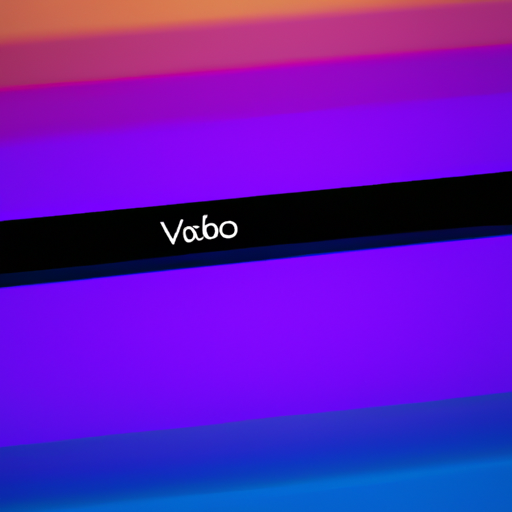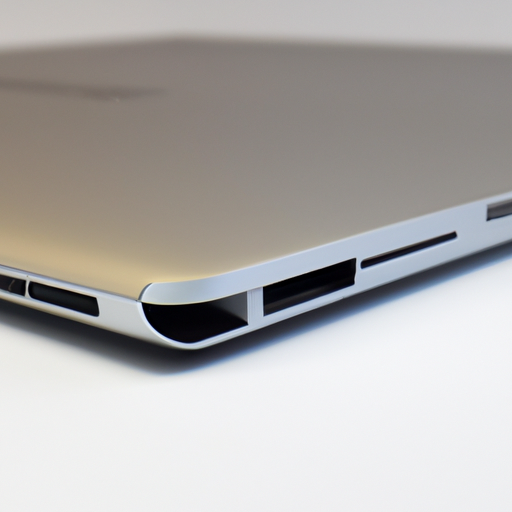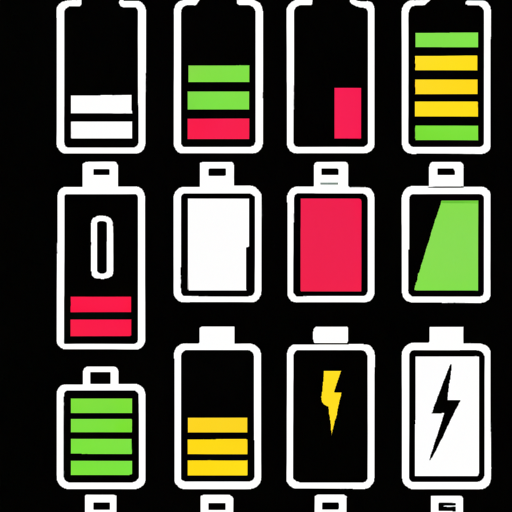Note: As an Amazon Associate I earn from qualifying purchases.
My impressions of the ASUS 2023 Vivobook 14 Laptop
Introduction
I recently got my hands on the ASUS Vivobook 14, and I’ve been putting it to the test for a while. It’s the newer 2023 model. Below share some thoughts on how it holds up in terms of display, performance, design, and more.
Specifications
| Property | Value | Property | Value |
|---|---|---|---|
| Brand | ASUS | Model Name | Vivobook 14 |
| Screen Size | 14 Inches | Color | Quiet Blue |
| CPU Model | Core i5 | Ram Memory Installed Size | 8 GB |
| Operating System | Windows 11 Home | Special Feature | Backlit Keyboard |
| Graphics Card Description | Integrated | Graphics Coprocessor | Intel Iris |
Prices
Check prices of the ASUS Vivobook 14 2023 Laptop on:
OLED Display and Visual Experience

When it comes to the OLED display on my new ASUS Vivobook 14, there’s a lot to be excited about:
Vivid colors that truly pop.
Deep blacks which are perfect for movie nights.
A contrast ratio that beats most laptops hands down.
But it’s not just the positives that stand out. There’s the slight issue with screen brightness consistency and the infamous yellow tint that some users have experienced, which is a bit of a letdown. Keep in mind, though, that not everyone encounters these issues, and there could be unit-to-unit variance or software calibration that could address these points.
My first impressions were simple: “Wow, this screen is beautiful.” The OLED tech is not something I’d experienced in a laptop before, and I can definitely say it changes the game when it comes to streaming videos or editing photos. The colors are more vibrant, and the contrast more defined than any LCD panel I’ve previously used. It feels like a step up into a more premium tier of visual experiences, even if we’re talking about a mid-range laptop.
However, it’s worth mentioning that this stunning display does come with its drawbacks. When working with text, particularly smaller fonts, there’s a slight fuzziness to the characters that can make long periods of reading or writing a tad uncomfortable. This could be due to the screen’s Pentile matrix arrangement, which is common in OLED screens but something to be aware of when considering this laptop for work that involves a lot of text.
Another point worth discussing is the glossy finish of the screen. It undoubtedly enhances the colors and overall image quality, but can be a bit of a nuisance in brightly lit environments due to reflections. While this is par for the course with high-gloss displays, it’s something to keep in mind when you’re, say, trying to work in a coffee shop on a sunny day.
In summary, the OLED display on the ASUS Vivobook 14 offers a premium visual feast that might just spoil you for other screens, much like the Lenovo IdeaPad 3 laptop: affordable, and surprisingly good (2023), which also boasts impressive display qualities for its price point. Even with the potential pitfalls, such as yellow tint and text fuzziness, the immersive experience it provides for watching movies and general usage is a compelling reason to pick this model over others with more standard displays.
Performance and Multitasking Capabilities

When evaluating the performance and multitasking capabilities of the ASUS 2023 Vivobook 14, a few aspects stand out immediately:
11th Gen Intel Core i5 Processor: It’s not top-of-the-line, but it handles most tasks with ease.
12GB RAM: Sufficient for casual multitasking, but heavy users might find it lacking.
Intel Iris Xe Graphics: Adequate for everyday use, though not cut out for intense gaming or graphic design.
From first-hand experience, I’ve put this laptop through its paces with day-to-day activities like web browsing, Office suite usage, and media consumption. The Intel Core i5 coupled with 12GB of RAM has been zippy; there hasn’t been a moment where I felt the laptop was sluggish or unresponsive, even with multiple tabs and applications open. This is impressive given that I didn’t opt for the model with the i7 processor and 16GB on board.
However, as efficient as it is for routine tasks, when you lean towards more RAM-intensive applications, the 12GB memory cap comes into the spotlight. Professional-grade software like Adobe Photoshop operates well under non-intensive conditions, but don’t expect this to be a powerhouse for rendering or compiling large codebases. Users who anticipate needing more RAM might need to consider other options or look into doing an upgrade, if possible.
Despite the middle-of-the-road Intel Iris Xe Graphics, visuals are decently handled for non-gaming purposes. Editing photos or doing some light video work won’t bring this laptop to its knees, but it’s not designed for users looking for a gaming rig or a graphic designer’s primary tool.
Here’s a quick rundown of my thoughts on the performance:
Pros:
Fast boot and wake times thanks to SSD
Lightweight tasks run smoothly
Proves efficient in basic multitasking Cons:
Limited upgradeability for RAM
Graphics performance is satisfactory, not stellar
Might struggle with advanced multitasking and professional-grade programs
In essence, the ASUS Vivobook 14 finds its niche in the casual user market – those of us who need a reliable machine for work, school, or entertainment without breaking the bank. Its performance is commendable for the price, though it’s clear that certain concessions have been made to maintain affordability. Overall, it’s a balanced offering in the current laptop market, provided that potential buyers are cognizant of its limitations.
Design and Build Quality

When it comes to the design and build quality of the ASUS 2023 Vivobook 14, I have a mixed bag of feelings. On the plus side, the lightweight and sleek design is a definite win. It’s one of those machines that you can tuck under your arm or slide into your backpack without feeling like you’re lugging around a miniature desktop. The Quiet Blue color is a nice touch, giving it a unique look among a sea of silver and black laptops.
Here’s a quick rundown of the design aspects that caught my attention:
Aesthetic: The matte finish and dark gray color look professional and stylish.
Portability: Weighing in at just 1.7 kg, it’s super easy to carry around.
Hinge: The 180° lay-flat hinge adds to its flexibility during use.
Keyboard: The ErgoSense keyboard’s design reduces strain, which I appreciate after long typing sessions.
However, the build does feel a bit fragile. Keep in mind, it’s not like it’ll fall apart in your hands, but if you’re accustomed to the tank-like durability of business laptops, the Vivobook 14’s thinness may leave you a bit anxious about its ability to withstand daily wear and tear.
I’ve noticed that the back cover doesn’t come off easily, which could be a hurdle if you’re looking to upgrade the memory down the line. This is where ASUS could potentially improve the user experience by making the internals more accessible.
While the subject of ports may venture into the “Connectivity Options” realm, I feel it’s essential to note here that the port selection isn’t exactly future-proof. The lack of a USB-C charging capability is a bit of a letdown, given how common this feature has become. Also, the inclusion of USB 2.0 ports over additional USB 3.0 ports puzzles me.
The backlit keyboard feature is hit or miss, depending on the specific unit you get. It’s a gamble which may affect users looking for this feature.
In essence, the ASUS Vivobook 14 gives you that modern vibe and it does so with a fair bit of elegance. It feels very 2023 and is surely a head-turner. To sum up, the build and design are noteworthy for the price point but handle with care and don’t expect robustness akin to more premium models. If you’re someone who’s always on the go or a student starting the school year, the Vivobook 14 strikes a fine balance between aesthetic appeal and portability, with some compromises in build solidity and upgradeability.
Battery Life and Connectivity Options

When it comes to the battery life and connectivity options of the ASUS 2023 Vivobook 14, there’s a fair bit to unpack. Here’s the quick rundown:
Battery life: Claims of fast charging, but actual longevity is just okay.
Connectivity: Adequate port selection, but lacks some modern features.
Right off the bat, the advertised fast-charging battery is a welcome feature. ASUS claims that it can recharge the battery up to 50% in just 30 minutes, which is great if you need to juice up quickly before heading to a coffee shop or into a meeting. However, I’m noticing that the full battery life doesn’t quite match up to my daily usage expectations—getting around 4 hours on a charge isn’t stellar performance, especially when you’re used to more endurance from other laptops.
Connectivity-wise, the Vivobook 14 has a decent array of ports. It’s equipped with the usual suspects— USB A, USB C, and HDMI, which should cover the basics for most peripherals. Wi-Fi 6E and Bluetooth 5 are touted for fast and stable connections. However, the lack of a USB-C charging option is a tad disappointing. In this day and age, I’d prefer a universal charging solution over carrying a separate proprietary charger.
The Wi-Fi 6E support does stand out; it promises improved bandwidth and lower latency for wireless connections, which is quite important when I’m hopping from one video call to another or streaming content. If you’re curious about how Wi-Fi 6E performs during gaming, you might want to read about my experience with the ASUS ROG G16CH Desktop, which is equipped with the latest connectivity options. It also suggests a future-proofing element as more routers begin to support 6E. But then again, Wi-Fi 6E is only beneficial if you have a compatible router, so it’s somewhat dependent on your existing setup.
On a side note, the exclusion of an SD card reader might be a non-issue for some, but as someone who transfers a lot of media, this omission requires me to carry an extra dongle, which is not ideal.
In conclusion, the ASUS Vivobook 14 offers a mixed bag in terms of battery life and connectivity. While it has some solid features like fast charging and modern wireless connectivity, it also falls short in some areas, like battery longevity and versatile charging options. This won’t be a deal-breaker for everyone, but it’s definitely something to keep in mind depending on your needs. It’s these small details that affect the overall user satisfaction, and it’s certainly something ASUS can work on for future iterations.